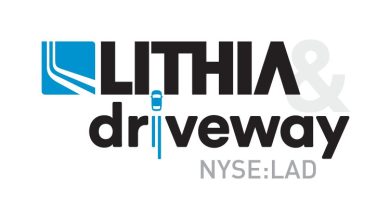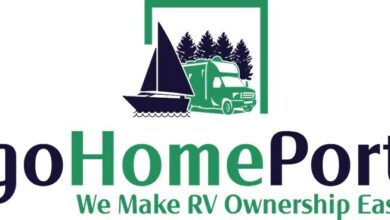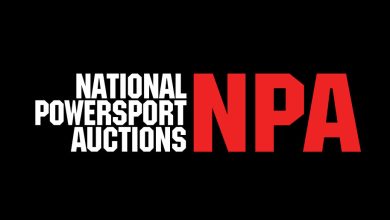Roadtrippers Introduces AI-Based Planning Tool for Cars & RVs

Roadtrippers, a road trip planning tool, announced the launch of its AI-powered road trip planner designed for both cars and RVs, with personalized interactive trip recommendations based on their interests, preferences and vehicle type.
Roadtrippers Autopilot is a cutting-edge and patent-pending road travel recommendation tool, the company said in a release Thursday, fueled by human insights from more than 38 million planned trips spanning more than 42 billion miles. Users can craft personalized trips tailored to their vehicle and preferences for accommodations, dining and activities. Moreover, the tech factors in budget levels and interests to shape potential stops.
Roadtrippers Autopilot leverages an advanced algorithm and interactive AI interface to match destinations with users’ preferences. For RVers, this tech uses vehicle-specific criteria to map out an RV-friendly route and recommend campgrounds that are available for instant booking, the company said. The system also saves trips for later adjustments.
“Today’s tech has empowered us to tap into our rich trip database, aiding users in planning an almost instant road trip tailored to their preferences, interests and time,” said Mary Heneen, CEO of Roadpass, the parent company of Roadtrippers. “Thanks to this cutting-edge AI, planning a road trip is quicker, highly personalized and easier than ever before.”




